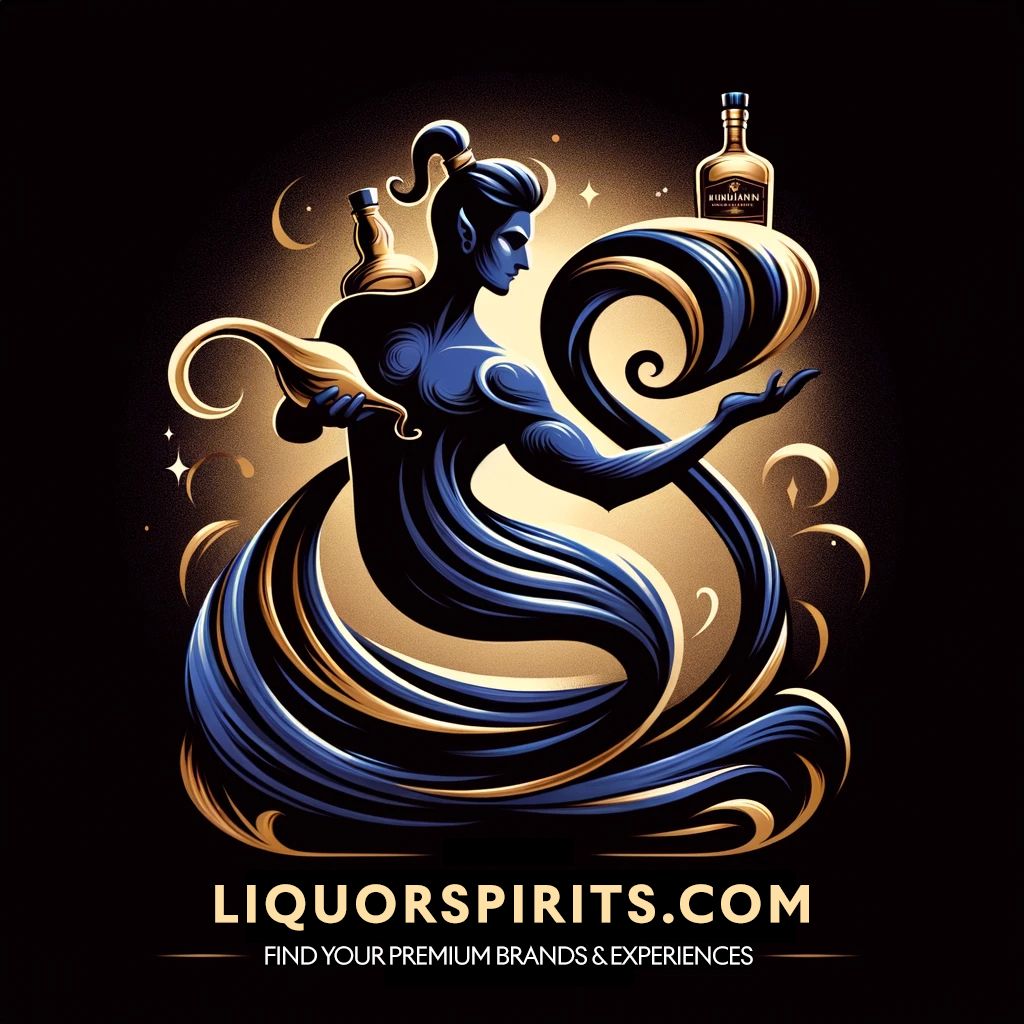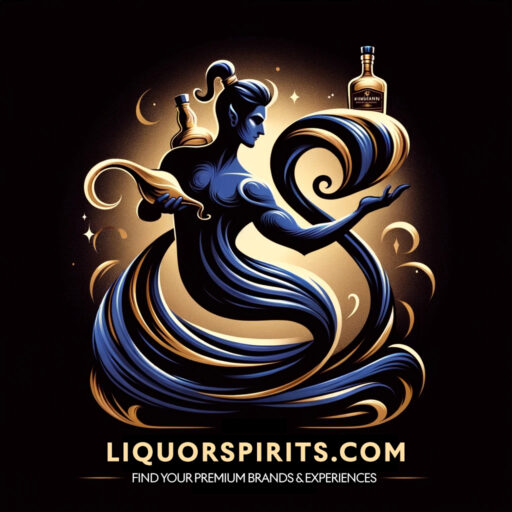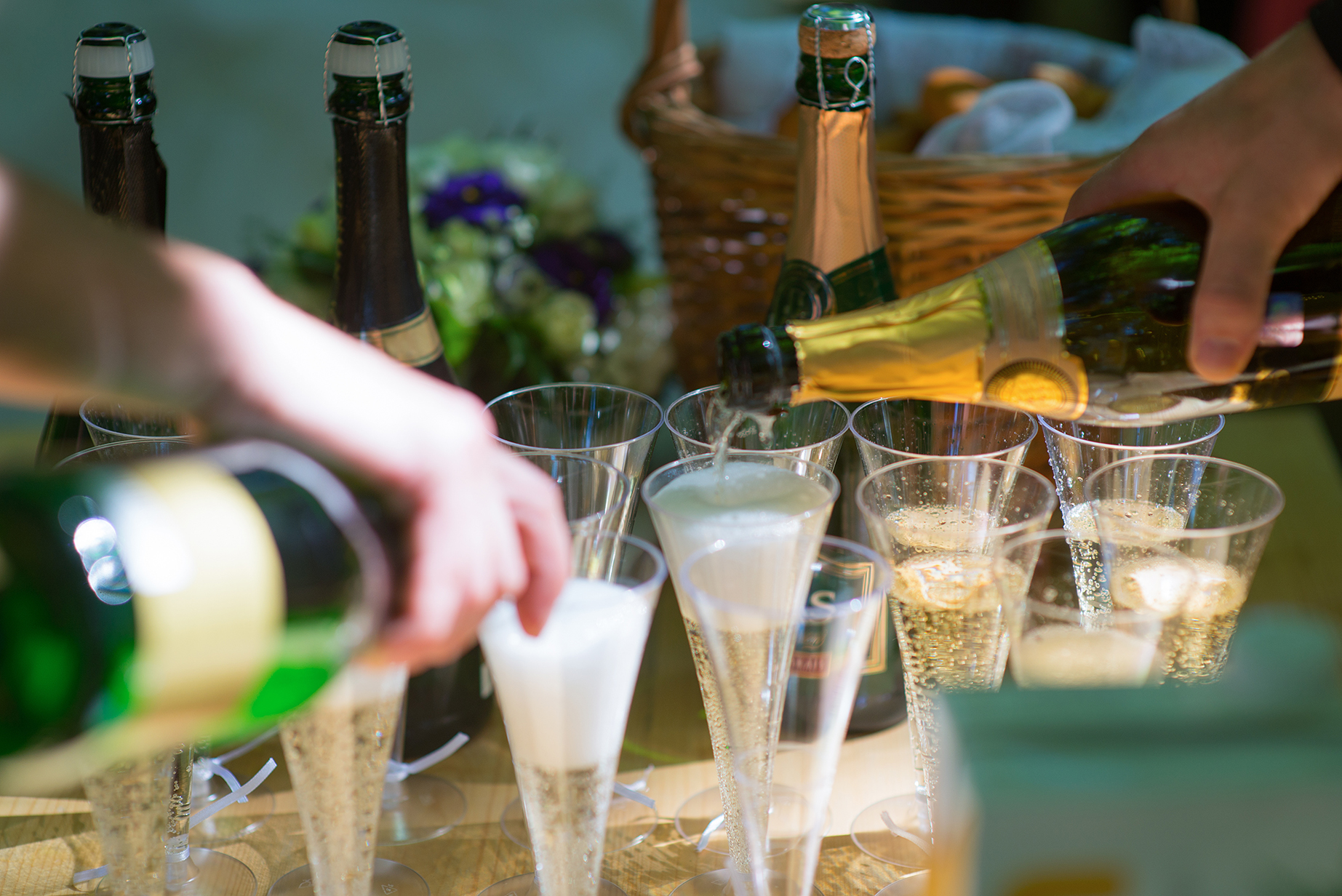Champagne is more than just a sparkling wine; it is a symbol of celebration, luxury, and elegance. This effervescent delight has a rich history that dates back centuries and continues to captivate connoisseurs and casual drinkers alike. Join us on a journey through the history of champagne, explore the stories behind some of the finest champagnes, and learn how to appreciate this luxurious beverage.
The Origins of Champagne
The story of champagne begins in the Champagne region of northeastern France. The region’s unique climate and soil conditions create the perfect environment for growing the three main grape varieties used in champagne production: Chardonnay, Pinot Noir, and Pinot Meunier. The development of champagne as we know it today is credited to the innovative winemaking techniques pioneered by the monks of the region, particularly Dom Pérignon, a Benedictine monk who lived in the late 17th century.
Dom Pérignon is often celebrated as the father of champagne. He made significant contributions to the winemaking process, including blending different grape varieties to achieve a consistent flavor and developing methods to improve the clarity and sparkle of the wine. While he did not invent sparkling wine, his techniques laid the foundation for the modern production of champagne.
The Rise of Prestige Champagne Houses
As champagne gained popularity, several prestigious champagne houses emerged, each contributing to the drink’s legacy. One of the most notable is Moët & Chandon, founded in 1743. Moët & Chandon is renowned for its luxurious Dom Pérignon label, named in honor of the legendary monk. Another iconic house is Veuve Clicquot, established in 1772 by Philippe Clicquot. Veuve Clicquot’s success is largely attributed to Madame Clicquot, who revolutionized the industry with innovations such as the riddling rack, which improves the clarity of champagne.
Other esteemed champagne houses include Krug, known for its rich and complex flavors, and Louis Roederer, which produces the world-famous Cristal. Each of these houses has its own unique story and approach to winemaking, contributing to the diverse and exquisite range of champagnes available today.
The Art of Champagne Tasting
Tasting champagne is an experience that engages all the senses. To fully appreciate its nuances, follow these steps:
1. Observe: Pour the champagne into a clear flute and observe its appearance. Notice the color, which can range from pale gold to deep amber, and the size and persistence of the bubbles.
2. Smell: Swirl the glass gently to release the aromas. Take a moment to inhale deeply and identify the various scents. Common notes include citrus, apple, brioche, and almond.
3. Taste: Take a small sip and let the champagne coat your palate. Pay attention to the balance of acidity, sweetness, and the complexity of flavors. Note the finish, which is the lingering taste left after swallowing.
4. Pair: Champagne pairs beautifully with a variety of foods. Classic pairings include oysters, caviar, and soft cheeses. Experiment with different combinations to find your favorite match.
Celebrating with Champagne
Champagne is synonymous with celebration. Its effervescence and elegance make it the perfect choice for marking special occasions, from weddings and anniversaries to New Year’s Eve and milestone achievements. Beyond its role in festivities, champagne also holds a special place in the world of luxury and fine dining, often enjoyed as an aperitif or as part of a gourmet meal.
Last tasting notes
The story of champagne is a testament to centuries of tradition, innovation, and artistry. From its humble beginnings in the vineyards of Champagne to its status as a symbol of luxury and celebration, champagne continues to enchant and delight. Whether you’re a seasoned aficionado or new to the world of sparkling wine, there’s always something new to discover and appreciate in a glass of fine champagne. Raise your glass and toast to the timeless elegance of this extraordinary beverage.







